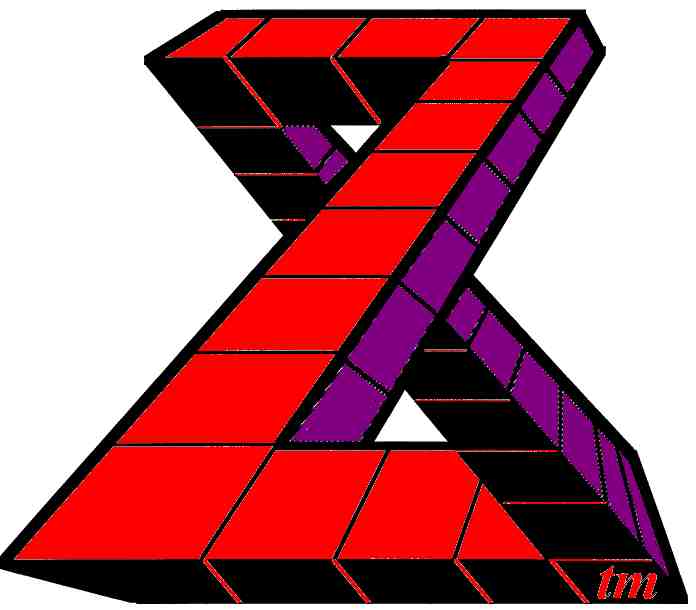Stable releases
Currently, the recommended version of GZigZag for users is 0.6.3, released on 2002-03-07. It is currently available from only one server. It is located in California, United States of America.
The following files are available for download:
- JAR with modules [US]
- JAR without modules [US]
- Documentation (.tar.gz) [US]
- Documentation (.zip) [US]
- Source (.tar.gz) [US]
- Source (.zip) [US]
- DSA-signed MD5 fingerprints [US]
All releases are available.
We recommend that new users download the JAR with modules. If a smaller download is wanted, the JAR without modules is a good choice. More experienced users may want to download the sources instead. Downloading the documentation is also a good idea.
Please note that you should not unpack the JAR files. The JAR files can and should be used as they are.
GZigZag requires Java Runtime Environment, version 1.1 or later, to run from the JARs. We recommend Kaffe. If you cannot use Kaffe, IBM's Java Runtime Environment, which is available from IBM's download page, is a good choice.
Starting up GZigZag depends on your platform and Java implementation. For most UNIX or MS-Windows users who downloaded one of the JARs, the following procedure should work:
- Start a command shell (Command Prompt or DOS Prompt in MS-Windows, xterm in UNIX/X)
- In the shell, check your Java Runtime Environment version by typing java -version and pressing the return key. If you see a response whose first line says Kaffe Virtual Machine, you are using Kaffe. Otherwise you should see a response of the form java version "1.1.8". The numbers will vary, and they are what we are interested in. The sample response above indicates that the Java Runtime Environment version is 1.1.
- Depending on your Java Runtime Environment (JRE) version and on
which JAR you downloaded, type one of the following to the shell and
then press the return key:
- For JRE 1.1 (but not Kaffe) and the JAR with modules:
jre -cp gzigzag-0.6.3-with-modules.jar org.gzigzag.Main cellscrollfile
- For JRE 1.1 (but not Kaffe) and the JAR without modules:
jre -cp gzigzag-0.6.3-without-modules.jar org.gzigzag.Main cellscrollfile
- For Kaffe, JRE 1.2 and JRE 1.3 and the JAR with modules:
java -jar gzigzag-0.6.3-with-modules.jar cellscrollfile
- For Kaffe, JRE 1.2 and JRE 1.3 and the JAR without modules:
java -jar gzigzag-0.6.3-without-modules.jar cellscrollfile
cellscrollfiledirectly in the current directory. You can choose another name for the directory, if you wish. - For JRE 1.1 (but not Kaffe) and the JAR with modules:
- You can exit GZigZag by pressing the q key. Do not use Control-C to exit GZigZag!
Development code
Developers of GZigZag should use either CVS or CVS snapshots.
